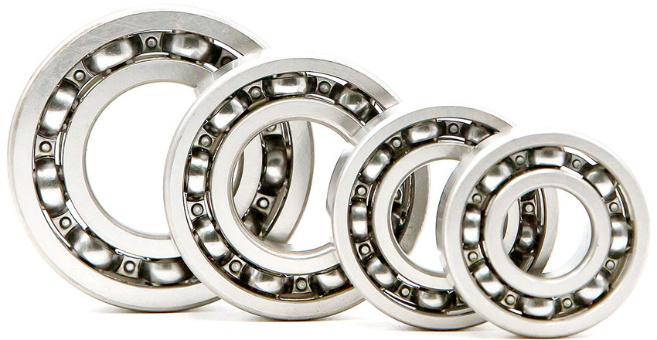Ultimate Guide to Bearing Types Catalog: Selection, Applications, and Industry Trends
Introduction
Bearings are indispensable components in modern machinery, enabling smooth rotation while reducing friction. This bearing types catalog serves as an essential resource for engineers and procurement specialists seeking to optimize equipment performance. Whether you're maintaining industrial systems or designing new machinery, understanding bearing classifications directly impacts operational efficiency and cost-effectiveness.
Defining Bearings
Bearings are precision-engineered components that support rotational or linear movement between mechanical parts. Their primary function involves load management – handling radial forces perpendicular to shafts or axial loads parallel to rotation axes. Modern bearing designs combine advanced materials like chrome steel and ceramic hybrids with innovative lubrication systems to withstand extreme operating conditions.
Key Bearing Classifications

The bearing types catalog typically organizes products by their load-handling capabilities and structural designs. Ball bearings utilize spherical elements for high-speed applications, while roller bearings employ cylindrical/tapered components for heavy-load scenarios. Specialized variants include needle bearings for compact spaces and thrust bearings for axial load management.
Strategic Selection Criteria
Choosing bearings requires analyzing operational parameters: load magnitude/direction, rotational speed, temperature ranges, and contamination risks. For food processing equipment, stainless steel bearings with corrosion resistance prove essential. High-speed spindles demand precision angular contact bearings, whereas mining machinery requires rugged spherical roller designs.
Industrial Applications Breakdown
Automotive transmissions rely on tapered roller bearings, while wind turbines use oversized spherical roller units. Aerospace applications require specialized ceramic hybrid bearings, and medical equipment utilizes ultra-quiet shielded ball bearings. Each bearing type addresses specific operational challenges within these sectors.
Emerging Market Trends
The bearing industry continues evolving with smart sensor-equipped units enabling predictive maintenance. Environmentally-friendly biodegradable lubricants and energy-efficient bearing designs are gaining prominence. Manufacturers now offer customized solutions combining multiple bearing types for complex mechanical systems.
Product Integration
Our bearing catalog features ISO-certified solutions meeting international quality standards. Explore our range of deep groove ball bearings, cylindrical roller units, and specialty bearings for extreme environments. Custom configurations and technical support ensure optimal bearing performance across applications.
FAQs
- Q: How often should bearings be lubricated?
A: Lubrication intervals depend on operating conditions – consult manufacturer specifications - Q: Can different bearing types be combined?
A: Yes, hybrid systems often optimize performance in complex machinery - Q: What indicates bearing replacement need?
A: Abnormal noise, vibration spikes, or temperature increases signal potential failure - Q: How does bearing material affect performance?
A: Material choice impacts durability, corrosion resistance, and temperature tolerance - Q: Are sealed bearings maintenance-free?
A: While reducing contamination risk, periodic inspections remain essential
Conclusion
This bearing types catalog provides fundamental knowledge for informed decision-making. For detailed specifications or custom bearing solutions, contact our engineering team through the product inquiry form. Subscribe to our technical newsletter for latest industry updates and exclusive offers.




 13869596835
13869596835